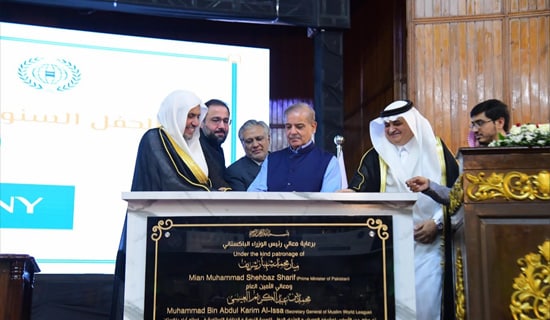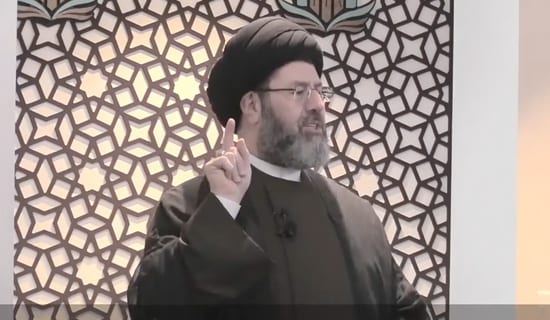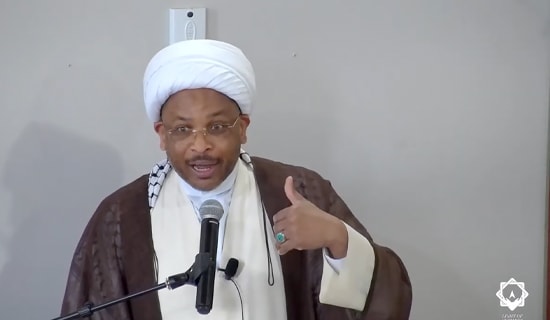Introduction

On October 23, 2011, Tunisia held the first free and democratic elections in the country's history. Nine months after the popular uprising, known as the Jasmine Revolution, which toppled a decades-long dictatorial regime, Tunisians could now experience one of the most basic facets of democracy: the right to vote. Thus, on a sunny day with summery temperatures, Tunisians headed to the polls to elect the members of the Constituent Assembly with a sense of renewed hope. For nearly all of the voters, it was in fact their first time participating in an election,[1] and it was also the first time voters could go to the polling station without prior "instructions or injunctions."[2]
However, some concerns were raised over the use of separate lines for men and women at some polling stations around the country, especially in low income areas. For example, the Tunisian online news site Business News wrote: "What happened is unusual, disturbing, but luckily not general."[3] Tunisia Live reported that with regard to the separate lines, "some women" saw the event as bearing "predictive allusions to the future of Tunisia."[4] These concerns notwithstanding, polling stations across the country were sufficiently equipped and organized,[5] and no major incident took place.
The political election marked a radical change in the Tunisian political landscape. After the monopoly of former dictator Zine Al-'Abidine Ben 'Ali's CDR was dissolved, following 22 years of undisputed rule, Tunisia saw a superabundance of 1,570 electoral lists, 11,000 candidates and 110 parties.
Al-Jazeera reported that, throughout the day of elections, there were long lines at the voting stations, which "grew into winding queues of voters keen to take part in the country's first electoral contest without a pre-determined result."[6] Kamel Jendoubi, the head of the Independent Higher Authority for Elections (IHAE), stated in a press conference that nearly 70 percent of eligible voters took part in Tunisia's historical multiparty elections, with some constituencies even reaching 80 percent.[7] However, in a later report by the IHAE, the real turn-out rate was given as 52% (54.1% at home and 29.8% abroad), which means that out of a total of 8,289,924 eligible voters, 4,308,888 cast their votes in these elections.[8] Considering that this was the first free election, the turnout was considerably less than expected. Furthermore, apart from the abstention of a part of the population, 2.3 percent of the votes were blank and another 3.6 percent were spoilt.[9]
It is difficult to interpret these data. On the one hand, the abstention could be partly explained by the fact that nine months was insufficient to acquaint all of the population with the electoral system. On the other hand, some of the eligible voters did not identify with any party, as evidenced by the 2.3 percent blank ballots.
Elections Results
On November 14, the IHAE announced the final results of the October 23 elections for the National Constituent Assembly, chaired by 217 lawmakers, which is tasked with shaping the new country's constitution and whose members will remain in office for one year. The official results confirmed the preliminary results announced in October soon after election day.

The following is the list of parties and independents elected to the National Constituent Assembly:[10]
1. The Tunisian Islamist party Al-Nahda ("Renaissance"), headed by Rached Ghannouchi, won a plurality, obtaining 89 seats.
2. In second place was the Congress for the Republic party, headed by veteran human rights activist Moncef Marzouki, won 29 seats.
3. Al-Aridha Echabiya ("Popular Petition"), headed by expatriate businessman Hemchi Hamdi, won 26 seats.
4. Ettakatol (known in English as the Democratic Forum for Labor and Liberties), a social democratic party, won 20 seats.
5. The Progressive Democratic Party, a liberal party, won 16 seats.
6. The Democratic Modernist Pole (a political coalition created in anticipation of the Assembly elections and consisting of four parties and five citizen initiatives), a secular, liberal party, won five seats.
7. Al-Moubadara ("Initiative"), a centrist party formed following the Jasmine Revolution and founded by Kamel Morjane, foreign affairs minister for the former regime and a member of the former ruling party, the Constitutional Democratic Rally (CDR), won 5 seats.
8. Afek Tounes ("Tunisian Horizons"), a secular and liberal party formed after the revolution, won four seats.
9. The Tunisian Workers' Communist Party, won three seats.
10. The Movement of Socialist Democrats won two seats.
11. The People's Movement, a secular party, won two seats.
12. The Cultural Unionist Nation Party, "Al-Oumma", a pan-Arabist party, won one seat.
SUPPORT OUR WORK

13. The Democratic Patriot's Movement, a Marxist-left party, won one seat.
14. The Democratic Social Nation Party, a social-democratic party, won one seat.
15. The Equity and Equality Party, focused on social issues, won one seat.
16. The Free Patriotic Union, a liberal party, won one seat.
17. The Maghrebin Liberal Party, a center-right liberal party, won one seat.
18. The Neo Destour Party, a center-left party, won one seat.
19. The Progressive Struggle Party, with a Marxist-Leninist orientation, won one seat.
20. The independent list "Social Struggle," a socialist oriented list, won one seat.
21. The independent list Al-Amal ("Hope"), which is liberally orientated, won one seat.
22. The independent list "The Voice of the Independent," of liberal orientation, won one seat.
23. The independent list Al-Wafa ("Fidelity"), won one seat.
24. The independent list "The Independent," whose main political orientation is unclear, won one seat.
25. The independent list "For a Tunisian Patriotic Front," whose elected candidate, Foued Thameur,[11] stresses that Tunisia's youth are responsible for the revolution, won one seat.
26. The independent list "The Justice," of liberal orientation, won one seat.
27. The independent list "Loyalty to Martyrs," whose main political orientation is unclear, won one seat.
It is noteworthy that the three parties which received the most seats – Al-Nahda, the Congress for the Republic party, and Al-Aridha Echabiya - all have leaders who lived in exile before the Jasmine Revolution took place: Rached Ghannouchi lived in London as a political refugee from the early 1990s on; in 2002, Moncef Marzouki moved to France in order to continue his political activism against the regime; and Hemchi Hamdi is a London-based Tunisian tycoon.
This profusion of parties did not favor the center-left bloc, which splintered into several parties with similar political programs, ultimately dispersing their voter support. The elections results make it clear, in fact, that had these parties formed a coalition and united into fewer political lists, the outcome of these elections could have been different, since the majority of the parties that won seats in the Constituent Assembly are actually of center-left, liberal, socialist, and communist orientations. The decision of many parties to run independently, despite similar ideologies, resulted in many of them receiving only one seat, thus losing political clout.
Tunisia's Salafi movements, in contrast, decided to boycott the elections, which they called heresy. As reported by the website La Tunisie Vote,[12] Al-Nahda entered the elections race without support or competition from other influential Salafi parties, unlike in Egypt, where numerous Salafi parties participated in the elections.
Ultimately, the result of the elections represent less a victory for Al-Nahda than a failure for the center-left bloc, which failed to unite and lost a potential bloc of 127 seats.
Reactions to Al-Nahda's Victory
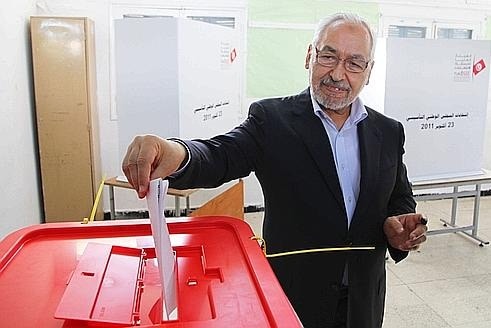
When the preliminary elections results were published a day after the ballots opened, it was already clear that Al-Nahda had won a partial majority. Tunisian columnist Nizar Bahloul wrote in the Tunisian online journal Business News that the secular opposition had failed to band together and deliver their message to their constituency, whereas Al-Nahda had managed in less than nine months since the ousting of Ben 'Ali to coordinate an organized national and transnational elections campaign: "[The Al-Nahda militants] managed to penetrate the deeper Tunisia, the remote neighborhoods, and persuade… the voters.… We must admit that Al-Nahda did an extensive job in less than nine months. During this time, the other parties carried out egocentric wars, they quarreled over who should be heading the electoral list, and they already saw themselves in the post-elections talks - before the vote even took place – on coalitions and negotiating portfolios. Some politicians already saw themselves in the role of President of the Republic."[13]
In contrast, writing on the Tunisian news site Kapitalis, editor Jamel Dridi tried to explain why Al-Nahda had appealed to part of the Tunisian electorate. One of the reasons, he said, was that Tunisians are seeking to restructure society's values after many years of corruption under Ben Ali's dictatorship: "Al-Nahda has built a great deal of its political program on the respect for values and on a return to morality in Tunisia through the fight against corruption, the promotion of rule of law among all citizens, the fight against all 'thieves holding public positions,' etc… Under 23 years of dictatorship, Tunisians lost all their points of reference and their traditional and civil values… In the old political system, the people in government behaved as in the mafia. They did not serve the state and the citizens, but rather used the state to rise to wealth on the shoulders of the citizens…
"Al-Nahda was immediately perceived as a 'break' with the past. Tunisians no doubt chose Al-Nahda because it represented the enemy to Ben 'Ali's regime. However, most of all, Al-Nahda, whether rightly or wrongly, represented in the eyes of some of the population a return to morality, righteousness, and justice… And it's not even a matter of religion, but rather a matter of seeking direction and values…"[14]
Hence, according to the two editorials, the reasons for Al-Nahda's relative majority are to be found on the one hand in the fragmentation of the opposition, which failed to lead an elections campaign due to its preoccupation with internal power struggles, and on Al-Nahda's success in presenting itself as a fighter against corruption and bad governance.
The Moroccan weekly Tel Quel provided a third explanation for the victory of Al-Nahda in Tunisia and of other Islamist-oriented parties in the Arab world, which it said were due to the fact that socialism in the Arab world had failed and often been replaced by dictatorships, from which the Islamists presented a clean break: "Contrary to the socialist alternative, the Islamist solution had the advantage of being clean of all political 'stains' (apart from in the case of Saudi Arabia, the Islamists never ruled in any other Arab country) and of enjoying the winning status of 'victim' (all Arab regimes… have fought against the Islamists). The Islamist alternative also enjoys another immense cultural advantage: it is experienced an extension of the natural surroundings in which all the people of the region grew. On the other hand, socialism is experienced as a… direct effect of post-colonization..."
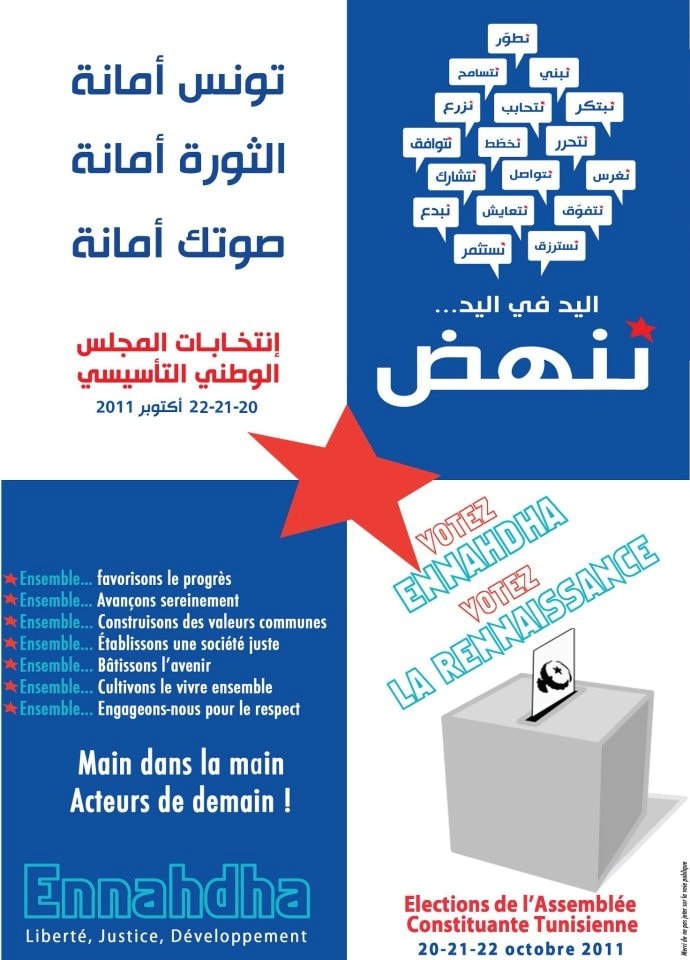
Tel Quel goes on to argue, however, that it is not the inherent strength of the Islamist parties themselves which prevailed in the elections, but rather the Tunisian people's readiness to give at least one chance to the Islamist option.
*Anna Mahjar-Barducci is Research Fellow for North African Studies at MEMRI.
[3] http://www.businessnews.com.tn/%C2%AB-Prouesse-%C2%BB-tunisienne--hommes-et-femmes-s%C3%A9par%C3%A9s-pour-le-vote-!-,520,27264,3.
[5] http://www.tap.info.tn/en/en/politics/6621-voter-turnout-exceeds-80pc-in-some-electoral-districts-kamel-jendoubi.html.
[7] http://www.tap.info.tn/en/en/politics/6621-voter-turnout-exceeds-80pc-in-some-electoral-districts-kamel-jendoubi.html.
[8] http://www.tap.info.tn/en/en/component/content/article/366-la-une/7280-ihae-presents-final-election-results-for-nca.html.
[9] http://www.tap.info.tn/en/en/component/content/article/366-la-une/7280-ihae-presents-final-election-results-for-nca.html.
[10] The names of activists and parties are provided as they are commonly spelled in Tunisia.
[11] Thameur, at 25, is the youngest member of the Constituency.


